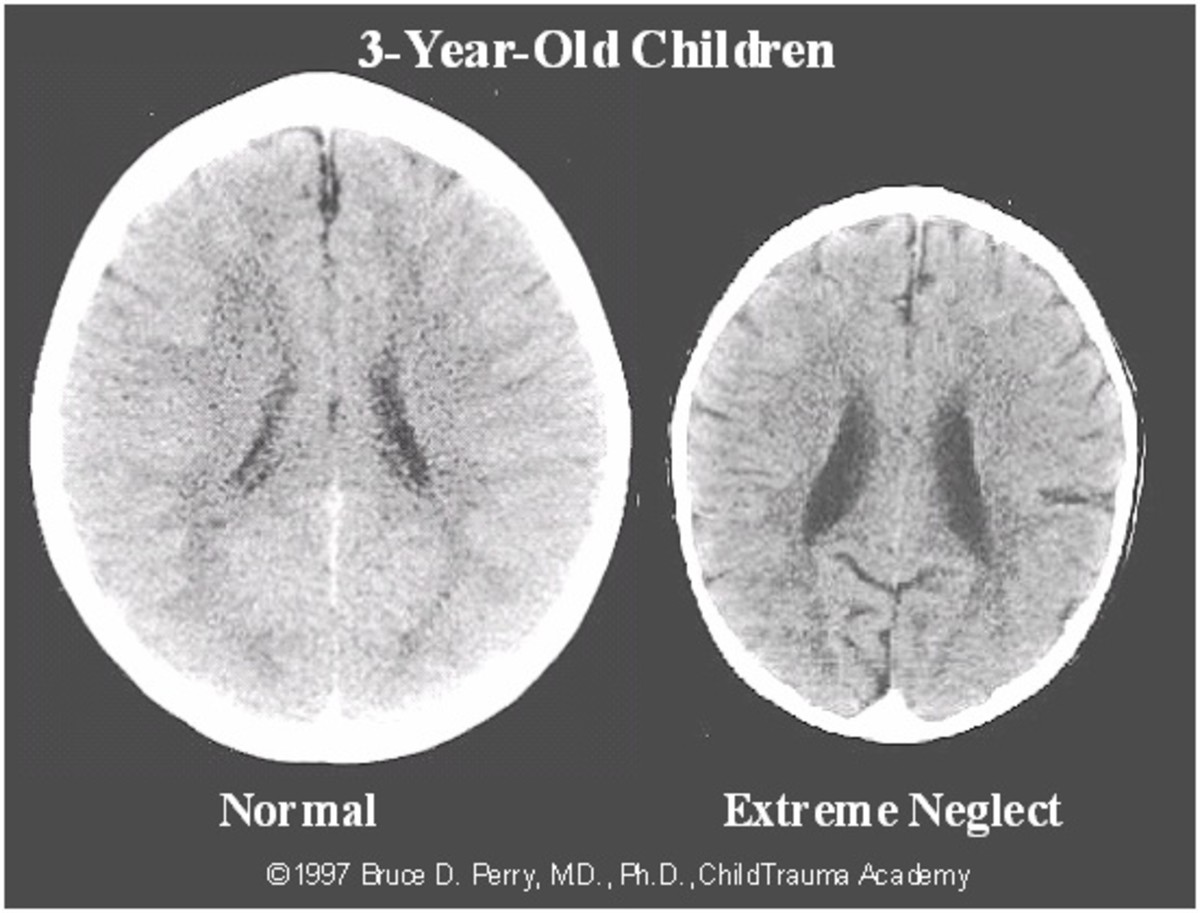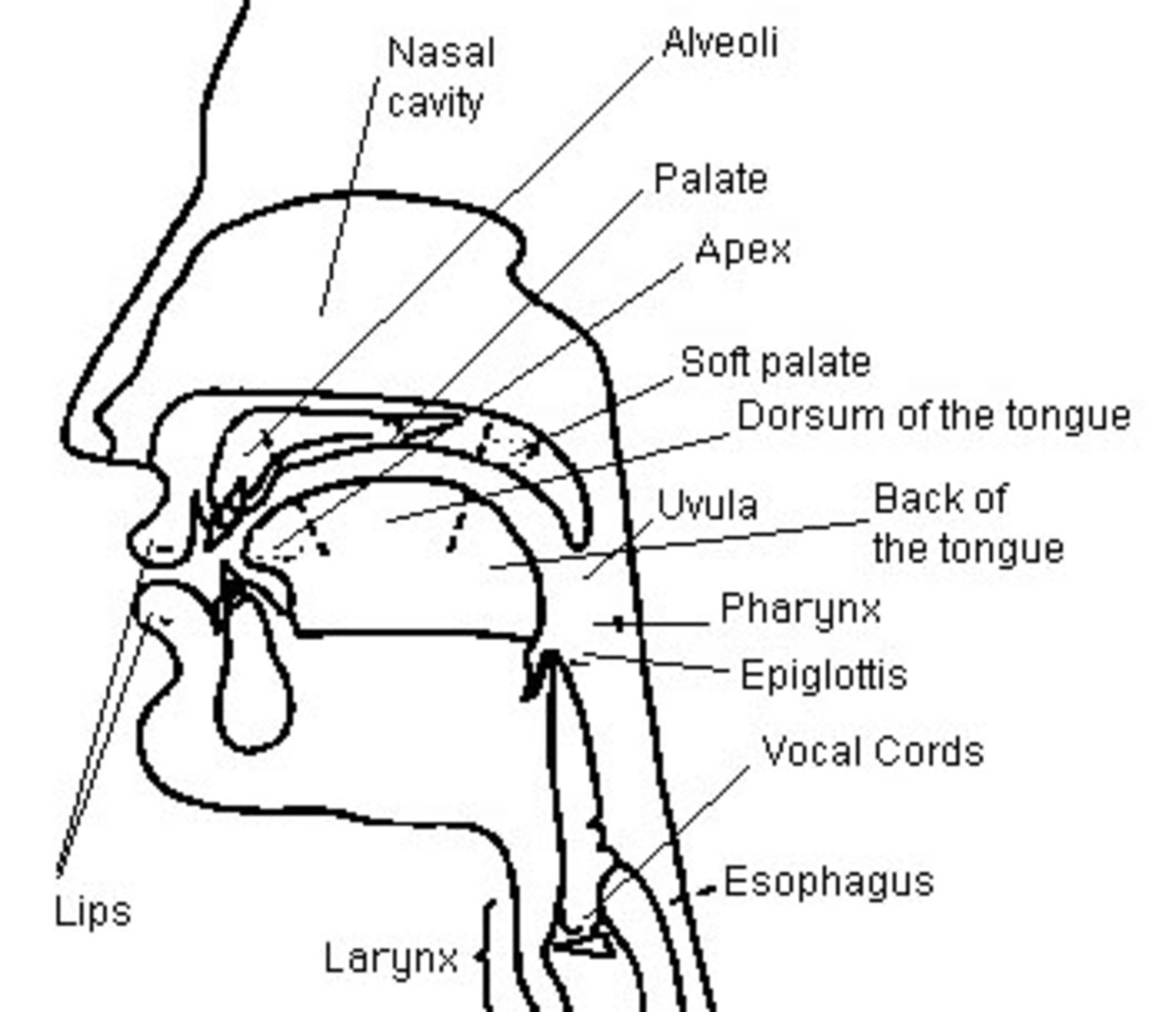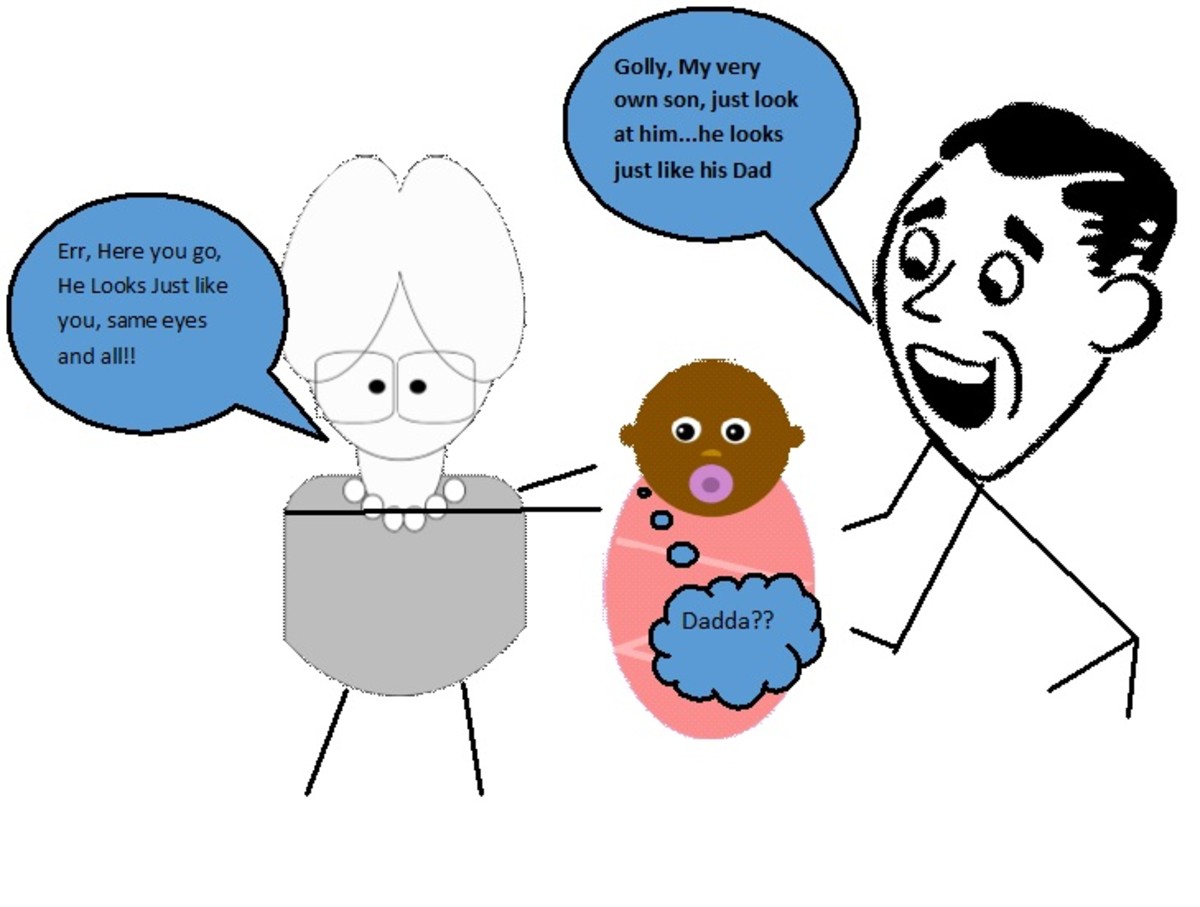How do babies learn language/How do Babies learn to speak
Ways babies learn language
1 They learn via vocalization
2 They are curious
3 They taste thing
4 They touch things
5 Learn through slow speech
6 Learn through games, puzzles
7 They learn by watching our facial expressions
8 Babies learn language through repetition
9 Learn via pronunciation
10 They learn through sign language
Babies Learning how to communicate
Language is the way we communicate our inner feelings thought words and action, it could be vocal through sound, verbal speech, written, inscribed, pictorial, sculpted and non verbal like sign language. There are different ways we communicate which basically consists of vocabulary, synonyms, adjectives, verbs and nouns, some ways of speaking include acrolect which is a variety of speech closely resembling a standard prestige language like English, Jamaicans and many African countries Standard English is the acrolect of the Creole spoken by them
Other ways of speaking
Basilect is identical to acrolect but considered a lower standard way of speech; Creole on the other hand is a mixture of different languages with English language while dialect is a particular tongue associated to certain ethnic groups, regions and people.
Many countries have adopted a certain language sometime foreign and made it a national language or first language; there is an advantage to this arrangement considering the different ethnic groups, regions and dialects.
Some West African countries like Liberia, Uganda, Ghana, Nigeria, and Kenya adopted English as their national language while many east African countries like Ivory Coast, Cameroon and Central Democratic of Congo are either Portuguese or French.
Diglossia is another way of speaking a language in two or three forms which consists of the formal representation and situation based on informal speech.
Health related issues and language
The brain development has a lot to do with the child’s ability to learn language, there are certain conditions that could stifle language development such as if a child experience some form of trauma before during and after birth the child may develop some speech impairments such as stunted speech, difficult to associate words and learning.
One of the health challenges during pregnancy is iodine deficiency; iodine deficiency has been known to have an adverse effect on brain development. If there is a marked depletion of brain stem cell the production of healthy neutrons might be affected, thereby affecting the Child's development.
The cerebral cortex is the part of the brain that helps us with our thought process, to identify language, speak, and to dream. Iodine deficiency during child birth has terrible consequences because if the stem cell does not work properly in conjunction with the protein molecules it adversely affects the child’s brain development. Without iodine there is little or no production of thyroid hormones.
A babies mouth
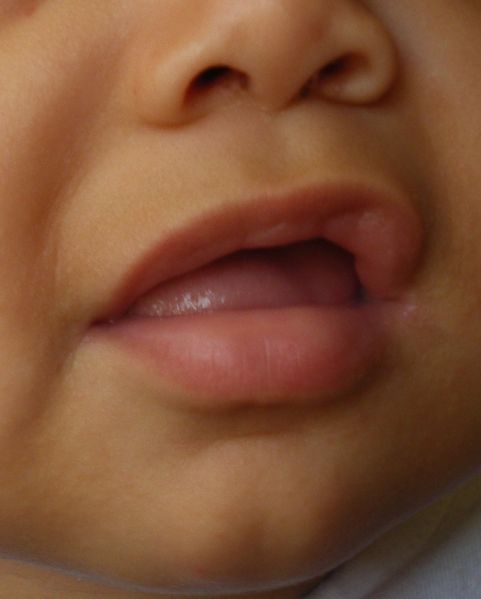
Brain size and speech
Human beings seem to have developed larger brains that most animals, mammals in general have bigger brains than some others like reptiles, fish and insects. Larger brains give us better cognitive abilities.
The area of the human brain associated with learning, thinking and speech is the cerebral cortex as stated earlier, it is the outermost layer of the neural tissue that covers the cerebrum and is divided into two cortices.
How a child’s brain recognizes speech
Understanding how the brain processes vision, speech and sound and touch would explain how it interprets the spoken word and language; we know that the cerebral cortex has something to do with sound.
A UCSF team of scientists as reported in the journal Science found out that the brain does not respond to phonemes which are individual sound segments. Phonemes can be referred to as a group of sounds that is perceived to have the same function as speakers of a certain dialect or language.
The scientists discovered that the brain is tuned to simpler word elements refereed to as features, and the vocalization of sound by using the lips, vocal cords and tongue makes up the feature of speech like in the case of special characters such as d, b, k and other plosives like z and s.
A child’s brain works in similar ways with an adult, it processes speech through rapid brain changes using their superior temporal area to perceive speech.
Mother and Children
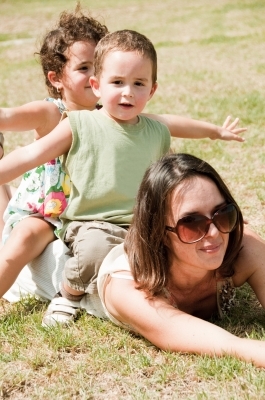
How babies learn language
which one is an oddity
How do babies learn language?
Babies learn language more or less the same way adults learn a new language minus the written word, baby’s brains are fine tuned to sound and pronunciation. They gather as much information between the ages of three months to three year about the world around them, their curiosity being their greatest asset.
They also learn by watching our actions gesticulations facial expressions, mood, the tone of our voice and general forbearance, children are very quick studies which makes learning easy and natural to them. Children and modern day babies are constantly bombarded with tons of information from television programs, radio, computer games, even the mobile phone so they tend to grow up rather faster than their predecessors.
Children learn language through experimentation
Children are curious beings so they testing object, through touch by fondling the object of their curiosity, they constantly places objects into their mouths to taste and touch a behavior though perfectly natural should be monitored. The child cannot differentiate when objects are useful and which ones are harmful to them when they instinctively test objects by putting them in their mouths
Some behavioral studies of infants by some scientists imply that babies have the ability to recognize the voice of their mother from the womb. This might not be far fetched considering the way we recognize our siblings, friends and family members by their voice.
There are many factors that contribute to language learning for babies some of which are sound, pronunciation, the use of repetition, our facial expressions, slow talking, the gift and reward system and the use of sign language.
Play cubes that spell play

Painting of African woman carrying a child

Babies learning language through Repetition
Using repetition as a tool to teach your child is a good way of teaching language to an infant, using the same words over and over again would show the child the meaning of the word. The word being used in conjunction with gesticulations can send a clear meaning of the word to the child.
For instant the word “come”, repeated often while showing delight at any positive response or action the child takes, this will clearly relay or show the child the meaning of the word. .Repetition of words and short sentences is an effective method to convey meaning to words so the infant can associate the word to an action.
Babies learning language through sound
Sound is an integral part of learning a language, the pronunciation of a word or group of words translates the intent of the speaker, children learn by experimenting with the pronunciation of words, in the case of babies this is called babbling because distinct words cannot be recognized but with time and practice the baby learns to pronounce the word better.
Sound is very effective as a teaching aid for a Childs mental stimulus and development that’s why toy makers introduce many sound producing devices in common children toys.
Learning through facial expression
Babies talk through non verbal communication, by gurgling, babbling and facial expression, joy, laughter and happiness can be easily read on a child’s face, when the child is displeased, irritated or sick he cries effectively communicating language.
Babies use body posturing to communicate meaning and show their feelings, they can adjust body positions by moving their arms and feet to elicit a response from the parent. A simple example is when a baby raises his arms then the meaning is communicated as please carry me.
Babies are eloquent studiers of people’s action, they pay close attention to our vocalization, behavior and expressions don’t be fooled by their passive demurs they learn pretty quickly.
Babies learn by watching our actions
Gesticulations is another effective means of conveying thought to action, children understand the meaning behind gesticulations faster than the spoken word, signaling a come sign with open arms convey the intent to carry, this after a while is clearly understood by babies. Babies quickly master this signal thus the child’s outstretched arms when they need to be carried.
Teach your baby how to speak
How do babies communicate?
Babies generally communicate by using
1 facial expression
2 crying
3 sign language
4 babbling
5 some kind of vocalization
6 And smiling.
Baby playing with Sophie the giraffe

Babies communicate through vocalization
Babies are experts at vocalization, crying comes easy to them so using this medium to communicate their displeasure is very effective. Babies can’t talk so when they are feeling ill, hot, cold, uncomfortable or hungry they cry, the child instinctively knows that crying elicit a response from their parents to whatever ails them.
They can also show and communicate their pleasure and happiness by laughing, clapping and smiling. Using meaningless babble is the baby trying out pronunciation and words.
Using visual aids
Visual aids is a powerful means of communicating with your child, visual aids for children are usually brightly colored, have bold lettering, signs and symbols. Human being use visuals more than another sensory organ to communicate thought and actions, this also applies to brightly colored learning toys used by children.
Visual aids can also include spelling boards, television and colorful children’s books
Learning through sign language
Babies use sign language all the time, we are just a little slow understanding them, they communicate when they are hungry either through crying or gesticulation by putting fingers in their mouth or sucking the fingers. Raised arms for a hug or to be carried, rubbing their eyes and yawning as signals that they want to sleep and many more subtle gestures.
They show excitement at certain things, some people actually start teaching babies actual sign language, some say it offers a wide range of developmental benefits like having a higher IQ, speaking early and increased vocabulary. All these factors have not been substantiated scientifically.
Gift and reward
Using gift and reward techniques to communicate with your child is very effective; lesser mammals are trained using this method. The ferocious circus lions, dolphins, bears and even elephants are trained to understand signal and communication through gift and reward.
By combining gesticulations, repetition of a word and using the gift and reward technique might help the child learn the meaning of some words quicker
Its not to early to teach the kids money management
- Save Young: Teaching Children Money Management
Saving Young can help kids develop a good Saving culture, it encourages them to target save and enjoy every milestone or accomplishments
Sign language is a great way to teach your baby language
Quick start baby language
Games and word emphasis
Slow talking
Talking slowly to the child might help the child organize the words, pronunciation and meaning much easier, language is full of many words and the way the words work to together give the words meaning. Talking slow directly to the child helps the child understand what you are saying, by talking slow and using sign language such as come here….'come here', might translate to something meaningful to the child.
Encourage speech through games
You can encourage your child to learn language through games; children love games, toy and puzzles. Buy lots of puzzle toys and engage your child in word games and visualization. Reading is another effective way of communicating as they grow older they begin to understand words and actually enjoy what the read. They may even mimic reading by themselves or develop a love for books.
Chatting with your kid even though they do not seem to understand what you are saying would encourage response with time.
When do children start talking?
General children start combining consonants and vowels and say few words between ten to thirteen months; by fifteen moths they should be able to string a small sentence together. Parents unduly worry about their children when they feel the child should have started speech much earlier. But the fact is every child follow a mysterious time table and an overly quiet child might become an annoying chatter box in a few years.
Conclusion
Learning language requires many factors in the developmental stage of infants, they are good at studying are behavioral pattern, actions, words and expressions. Babies learn through curiosity, taste, touch, sign language, when parent use slow speech, they learn through facial expression, games and puzzles, pronunciation, sound and vocalization.
You may also like this hub
- Weird People and interesting tribes
There are many weird and interesting tribes all over the world, some live in arid deserts, caves, forest regions, hills or mountains like the Akha - The Teaching Profession
They say teaching is a noble profession how right they are. It takes hard work and dedication to impart knowledge to eager students.




